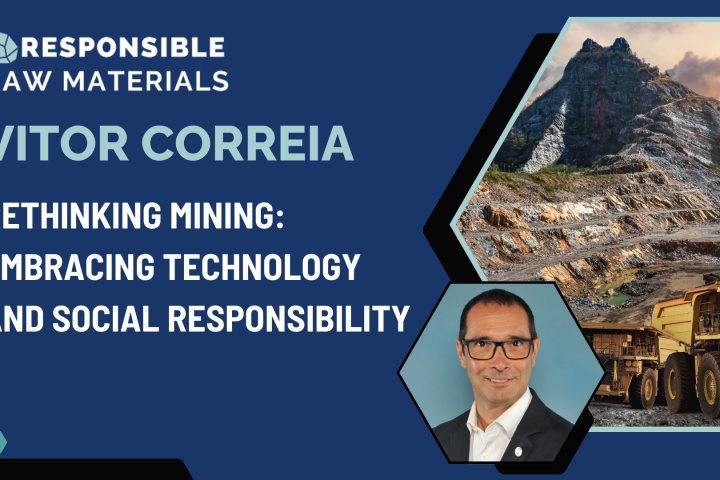The Critical Minerals Association (CMA) are working towards many of the same goals as us here at Responsible Raw Materials.
Find out who they are and what they’re doing below:
What is CMA and why did you found it?
Critical minerals are needed for clean energy, green technology, fleet electrification and artificial intelligence. As western economies move from oil and gas to critical minerals, it is important that the UK has a robust strategy for this industry. CMA was founded at the beginning of 2020 to steer this strategy with the help of the industry itself.
Is the Association member-led, and if so, how does that work?
Absolutely! It is important that the industry has its voice heard within the political spectrum. The association’s members steer the overall direction, and working groups drive specific projects forwards.
What are some of the projects that you are working on at the moment?
There are 4 main working groups which are: UK Domestic Mining (including UK research, mining, processing capability), ESG Standards, Circular Economy, and Perception of Mining (which conveys the sector’s importance and how this is portrayed to the public). The latter working group as produced some fabulous videos which can be seen here.
Do you want to build on the above answer, especially regarding ESG (as the chair of this group)?
The ESG group is working on drafting a critical minerals resource strategy for the UK that encompasses sustainability. The industry should be as modern and responsible as possible, and the UK should be a thought-leader in this space. All stakeholders should be considered during this process and that is the group’s aim.
As someone who has worked within mining both in the UK and internationally for many years, what do you see as some of the opportunities that CMA can bring to the sector?
The UK is a centre of finance where many of the worlds largest mining companies are listed, as well as having huge strengths in manufacturing and technology. The CMA is uniquely positioned to enable the ‘right’ conversations between many of these bodies, not least because of the diversity within the group.
Any final words on what to expect from CMA in the future (in terms of Responsible Raw Materials and making a real impact)?
COP 26 is a key event where CMA needs to have its voice heard – that is a key target, although work goes on behind the scenes at the CMA on a daily basis! Work towards ensuring diversification within the industry and encouraging more engagement is also key.
To find out more about the CMA, visit the website: www.criticalmineral.org



